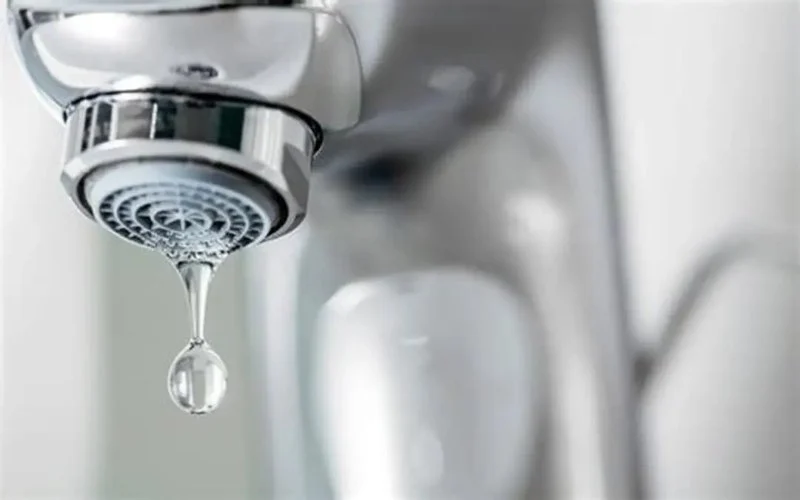
- 1-Common Causes of Low Water Pressure
- 2-How to Check Your Home's Water System
- 3-Troubleshooting Low Water Pressure Issues
- 4-When to Call a Plumber
- 5-Preventing Low Water Pressure Problems
1. Common Causes of Low Water Pressure
Experiencing low water pressure can be a frustrating issue, especially when it affects essential tasks like showering, washing dishes, or watering your lawn. There are several possible reasons why your home's water pressure might be low, and identifying the cause is the first step toward solving the problem. Here are some common causes of low water pressure in homes:

R.K. Knight Plumbing & Rooter
WhittierLos Angeles CountyCalifornia
15929 Whittier Blvd, Whittier, CA 90603, USA
1.1 Clogged Pipes
Over time, mineral buildup, sediment, or even rust can accumulate inside your pipes, restricting the flow of water. This is a common problem, especially in homes with older plumbing systems. Clogged pipes can cause water to flow unevenly, resulting in low water pressure.
1.2 Leaks in the Plumbing System
If there's a leak somewhere in your plumbing system, it could lead to a drop in water pressure. Leaks can be caused by corrosion, damage, or faulty pipe joints, and they often go unnoticed until the pressure is significantly impacted. If a leak is present, it might be best to call a plumber to fix it promptly.
1.3 Malfunctioning Pressure Regulator
Your home might have a pressure regulator installed to maintain consistent water pressure. If this regulator malfunctions, it can cause fluctuations in the water pressure throughout your home. A faulty regulator might be the cause of sudden, unexplained drops in water pressure.
1.4 Municipal Water Supply Issues
Sometimes, low water pressure can be a result of issues with the municipal water supply. If your neighbors are also experiencing low water pressure, it could indicate that the local water utility is having trouble maintaining adequate water pressure. This is often beyond your control, but contacting your water supplier can provide more information and an estimated resolution timeline.
2. How to Check Your Home's Water System
Before calling a plumber, it's a good idea to perform some basic checks to diagnose the source of low water pressure in your home. Here’s how you can check your water system:
2.1 Test Water Pressure at Different Fixtures
Start by checking the water pressure at various fixtures in your home. If the low pressure is only affecting one fixture, such as a shower or faucet, the issue might be isolated to that specific appliance. If the problem affects multiple fixtures, it could be an issue with your home’s water supply or piping system.
2.2 Inspect for Leaks
Inspect visible pipes, particularly in areas like the basement, crawl spaces, or under the sink, for any signs of leakage. If you find any wet spots, dripping water, or puddles, there could be a hidden leak affecting your water pressure.
2.3 Check the Pressure Regulator
If your home has a pressure regulator, you can check its setting. Sometimes, the regulator can be adjusted manually. Look for a gauge on the regulator, usually located near the main water line, to see if it’s set to the right pressure. If it's malfunctioning, it may need to be repaired or replaced.
3. Troubleshooting Low Water Pressure Issues
Once you've identified potential causes, it's time to troubleshoot. Here are some steps you can take to resolve low water pressure in your home:
3.1 Clean or Replace Faucet Aerators
If the low pressure is isolated to a specific faucet, check the aerator. Over time, mineral deposits can build up, restricting water flow. Remove the aerator, clean it thoroughly, or replace it if necessary. This simple fix can restore normal water pressure.
3.2 Flush the Water Heater
If the low water pressure is noticeable in hot water, the issue might be related to your water heater. Mineral buildup in the heater can cause a decrease in hot water pressure. Flushing the water heater can help remove sediment and improve water flow. If you're not comfortable performing this task yourself, it's best to hire a plumber.
3.3 Install a Water Pressure Booster
If your home has consistently low water pressure due to a weak municipal supply or other systemic issues, installing a water pressure booster can help increase the water pressure in your home. A booster pump works by increasing the pressure of incoming water before it enters your plumbing system.
4. When to Call a Plumber
If you’ve checked all the potential issues and are still unable to fix the low water pressure, it may be time to call a professional plumber. Here are a few situations where it’s crucial to contact a plumber:
4.1 Persistent Low Pressure Across Multiple Fixtures
If multiple fixtures in your home are affected by low water pressure, especially if the problem persists after troubleshooting, this could indicate an underlying issue with your plumbing system, such as a leak or corrosion in the pipes.
4.2 Water Leaks or Flooding
Any sign of a water leak, whether visible or suspected, should be addressed immediately by a plumber. Leaks can lead to significant water damage and higher utility bills if not repaired promptly.
4.3 Faulty Pressure Regulator
If you suspect that the water pressure regulator is faulty, a plumber can inspect and repair or replace the regulator to ensure your home maintains consistent water pressure.
5. Preventing Low Water Pressure Problems
While some causes of low water pressure are beyond your control, there are steps you can take to prevent issues from arising in the future:
5.1 Regular Pipe Maintenance
Maintaining your pipes and water system can help prevent blockages and buildup. Regularly cleaning faucet aerators and flushing your water heater can help keep your system running smoothly.
5.2 Monitor for Leaks
Regularly inspect your plumbing system for leaks and address any issues promptly. Even small leaks can lead to significant water pressure problems over time.
5.3 Consider Water Softening
If you live in an area with hard water, consider installing a water softener. Hard water can cause mineral buildup in your pipes, which can lead to clogs and low water pressure. A water softener can help reduce mineral deposits and extend the life of your plumbing system.
If you're experiencing ongoing water pressure issues, visit Plumbers Supply Hub for the best plumbing products and services to help resolve the issue efficiently.


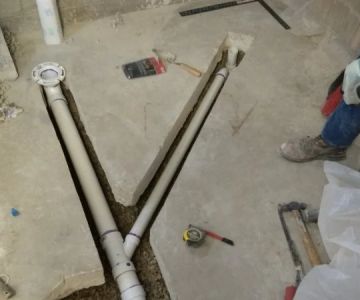





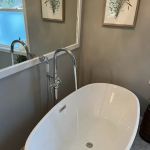 Oakland Plumbing LLC5.0 (17 reviews)
Oakland Plumbing LLC5.0 (17 reviews)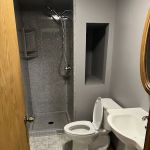 Midwest Plumbing & Service4.0 (7 reviews)
Midwest Plumbing & Service4.0 (7 reviews)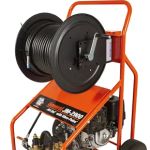 Moberly Plumbing4.0 (117 reviews)
Moberly Plumbing4.0 (117 reviews)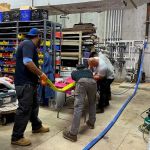 American Trenchless Technologies4.0 (8 reviews)
American Trenchless Technologies4.0 (8 reviews) Tony's Plumbing3.0 (12 reviews)
Tony's Plumbing3.0 (12 reviews)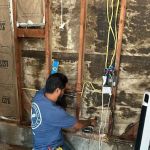 Socal Plumbing Co5.0 (5 reviews)
Socal Plumbing Co5.0 (5 reviews) How to Repair a Hairball Clog Without Harsh Chemicals
How to Repair a Hairball Clog Without Harsh Chemicals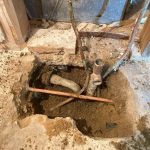 How to Repair a Junction That Is Leaking Under Slab: A Comprehensive Guide
How to Repair a Junction That Is Leaking Under Slab: A Comprehensive Guide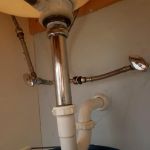 How to Replace a Sink Overflow Tube: A Complete Step-by-Step Guide
How to Replace a Sink Overflow Tube: A Complete Step-by-Step Guide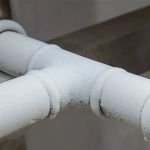 What Causes Frozen Pipes and How You Can Prevent It - Expert Tips
What Causes Frozen Pipes and How You Can Prevent It - Expert Tips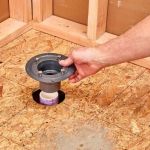 How to Replace a Shower Niche Drain: Step-by-Step Guide for Homeowners
How to Replace a Shower Niche Drain: Step-by-Step Guide for Homeowners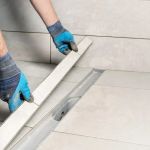 How to Replace an In-Wall Shower Drain: Step-by-Step Guide
How to Replace an In-Wall Shower Drain: Step-by-Step Guide